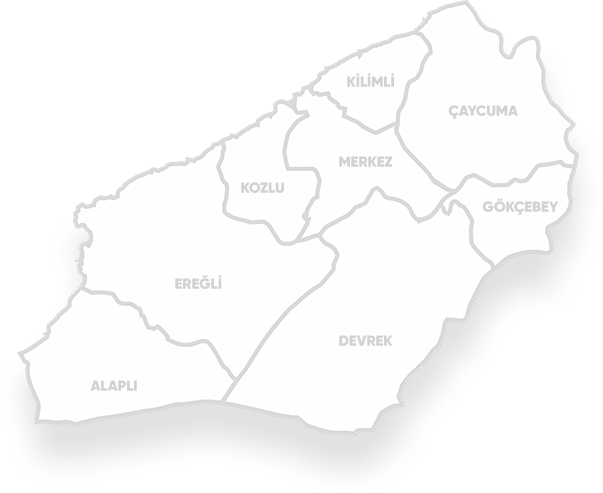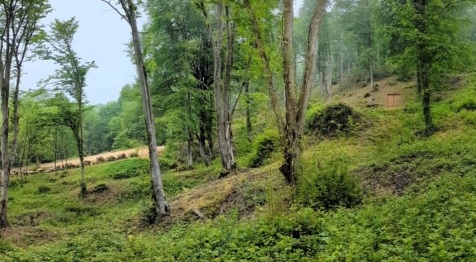
-
 About Us
About Us Detailed information about Zonguldak Coal Geopark and more...
About Us
About Us Detailed information about Zonguldak Coal Geopark and more... -
 Enjoy
Enjoy
-
 Discover
Discover Discover Zonguldak Geoparks
Discover
Discover Discover Zonguldak Geoparks -
 Learn
Learn
-
 Activities
Activities
-
 GeoNetwork
GeoNetwork
-
 Contact Us
Contact Us
Contact Us
Contact Us


Zonguldak Upper Carboniferous Window
G-01 The Zonguldak Carboniferous sequence consists of shallow marine units and lagoonal/terrestrial deposits containing thick coal seams. Carboniferous coals in Turkey are found only in the Zonguldak basin. The theme of the Zonguldak coal geopark is hard coal, and the history of the coal-based industry in the Zonguldak basin dates back to the first discovery made by Uzun Mehmet in 1829, Ottoman Empire time. Considering the international importance of the basin in terms of Industrial and cultural heritage, hard coal mining has created a link between Europe and Turkey both during the industrial revolution and during the transition from foreign capital to domestic capital.
The Upper Carboniferous units of the basin are defined as three successively developed formations [Alacaağzı (Namurian), Kozlu (Westphalian A) and Karadon (Westphalian B-D]). Coal seams are located in a Namurian to Westfalian D progradational delta and flood plain sequence that is approximately 3,500 m thick, affected by Hercynian orogenic movements. There exist up to 8 coal seams in Namurian, 20 to 26 in Westfalian A, and up to 8 coal seams in Westfalian B, C, and D, although combined thickness and number of coal seams vary considerably because of lateral facies changes and differential erosion in the basin.
The outcrop, G01 geosite in Armutçuk is the best outcrop to observe the upper parts of the Namurian Alacaağzı Formation and the lowermost part of the Westphalian A Kozlu Formation.

